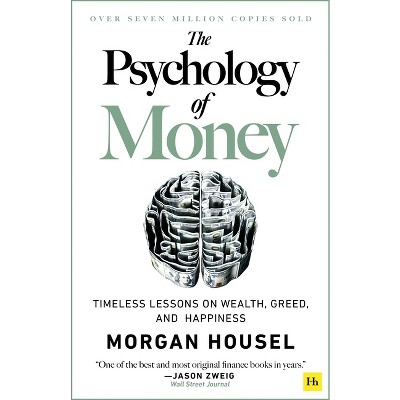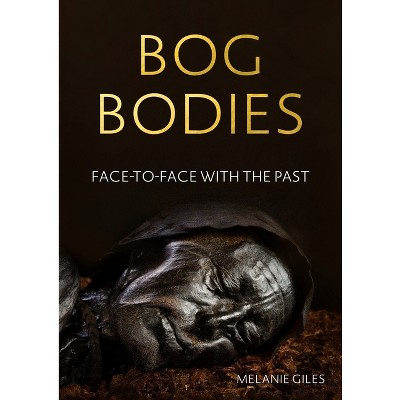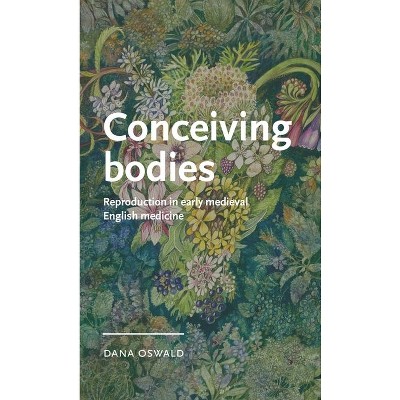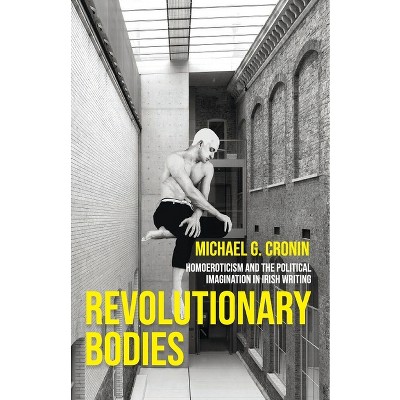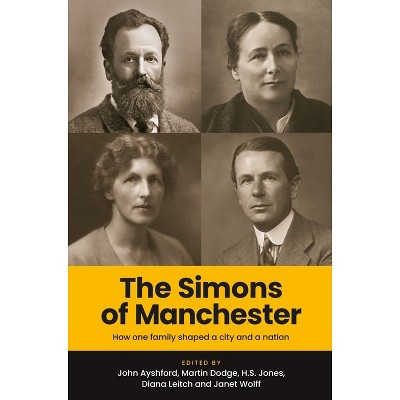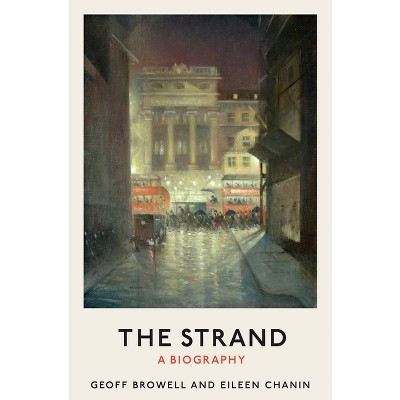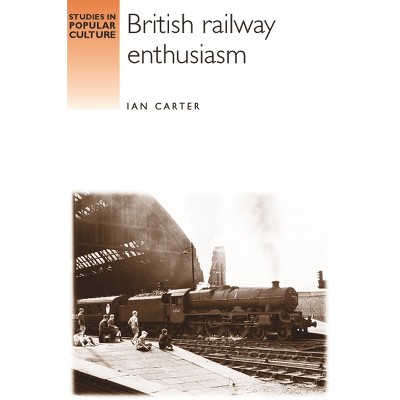About this item
Highlights
- This book is the first in-depth study of the changing perceptions and receptions of supernatural bodies in modern Britain and Ireland.
- About the Author: Kristof Smeyers is a Research Fellow at the University of Louvain
- 264 Pages
- History, Europe
Description
About the Book
This book examines the role of supernatural bodies in public debates about religion, science, culture and modernity in modern Britain and Ireland. In turn, the prism of supernatural bodies reveals how those debates were interlinked, and how the forms of knowledge that informed them were produced.Book Synopsis
This book is the first in-depth study of the changing perceptions and receptions of supernatural bodies in modern Britain and Ireland. It focuses on one phenomenon that became hotly contested and discussed in the public sphere between 1840 and 1940: the stigmata. In 1874, an Irish reporter asked why the wounds of the crucified Christ on mortal bodies could 'not be discussed with calmness...without indulging in angry rhetoric'. Supernatural bodies takes that question seriously. It draws on previously unexamined archival materials to place supernatural bodies at the heart of long-lasting discussions about the position of Roman Catholicism in society; the supernatural in modern Christianity and society; the authority of sciences; the relationship between Britain and Ireland, and between Britain and the Continent. Through the lens of stigmata controversies, this book shows how these discussions could converge around supernatural bodies.From the Back Cover
Experiencing extraordinary religious phenomena on one's body, from ecstasy to bearing the Wounds of Christ, has often been described as an intimate, innermost bond with the divine. But supernatural bodies were not private affairs. They affected families, communities, as well as a burgeoning public opinion. This book offers the first account of such bodies in the public sphere in modern Britain and Ireland.
Supernatural bodies were manipulated into parables and symbols, and became hotly contested in an outpouring of polemical print. The book argues it is precisely their physicality that sets them apart from many other extraordinary phenomena that were also prolific in this period. Building on the observation that supernatural bodies occupied a potent if marginal space in a wide range of public discussions, the book revisits some of the most pivotal cultural moments and developments of the period: resurging anti-Catholicism and Protestant evangelicalism, the idea of 'rational' national and confessional identities, as well as the contested interest of natural and other - mental, psychical, occult - sciences in the supernatural. In doing so, Supernatural bodies also provides new insights into how the public sphere changed in this period, and into the production of new ideas about topics such as bodily autonomy, gendered religion, the nature of evidence, and the limits of what could be known.
Presenting many telling cases of stigmata, this volume shows how publicly debated topics of religion and science, belief and doubt, (dis)enchantment and modernity met around supernatural bodies in modern Britain and Ireland.
Review Quotes
"Smeyers carefully weaves the "big" themes of interdenominational conflict, questions of orthodoxy and proof, and debates on the meaning of bodily phenomena, with the "small" histories of individuals and communities into which apparently miraculous events had (generally unexpectedly) intruded."
- Irish Theological Quarterly
About the Author
Kristof Smeyers is a Research Fellow at the University of Louvain





